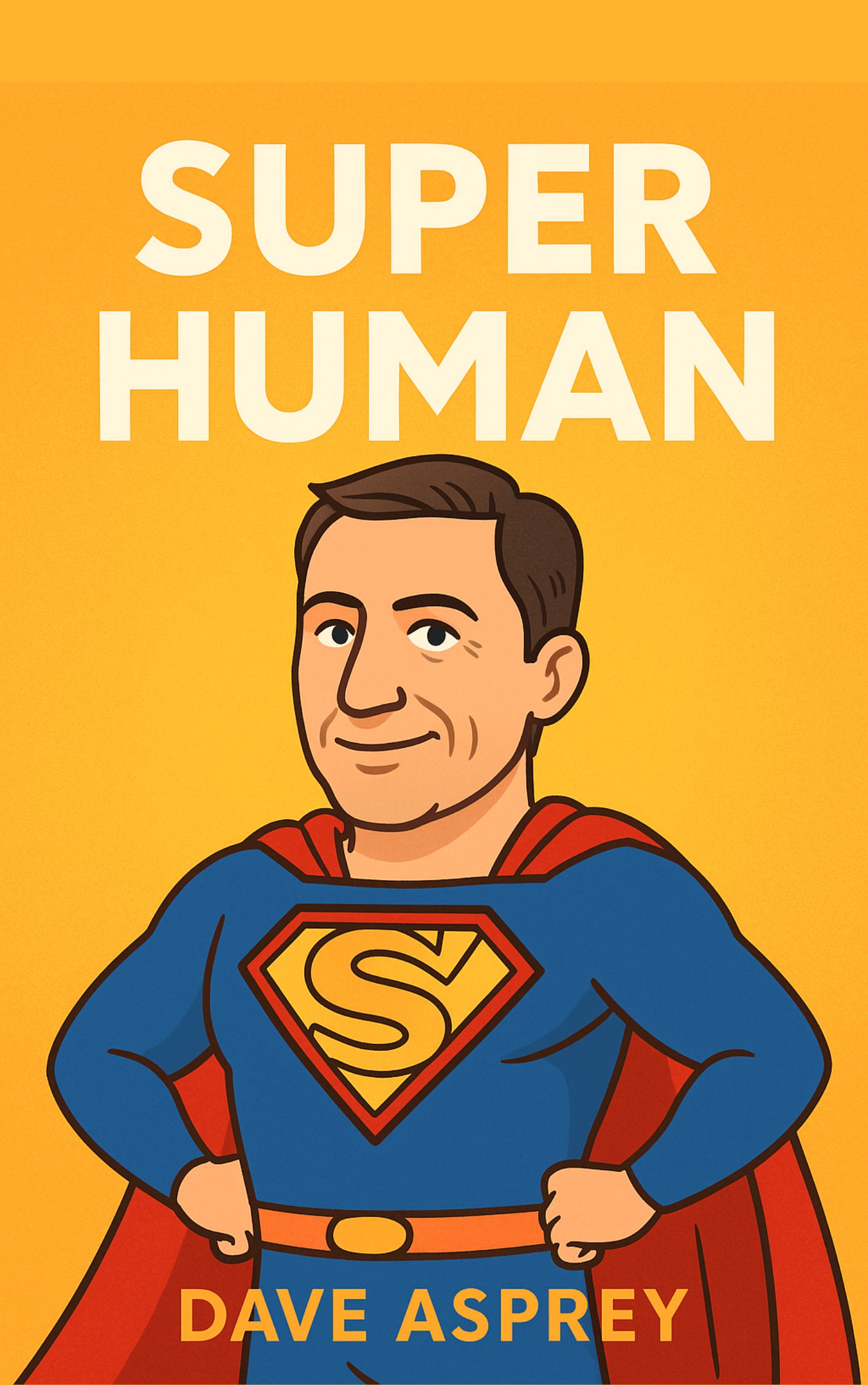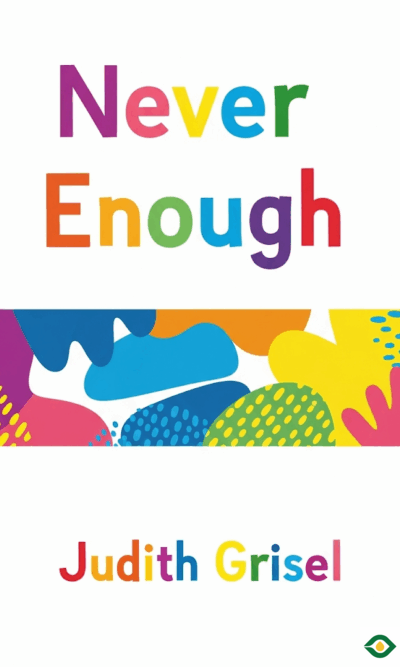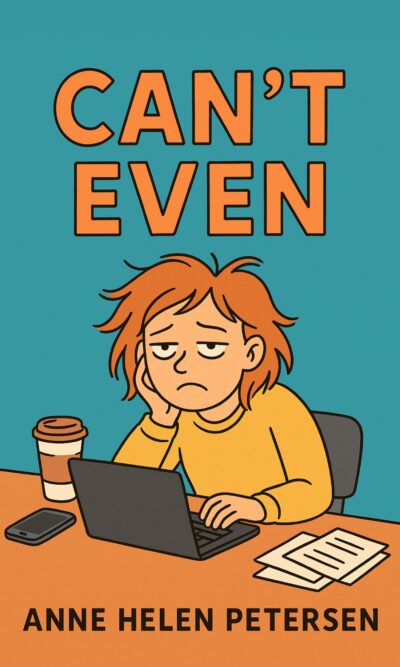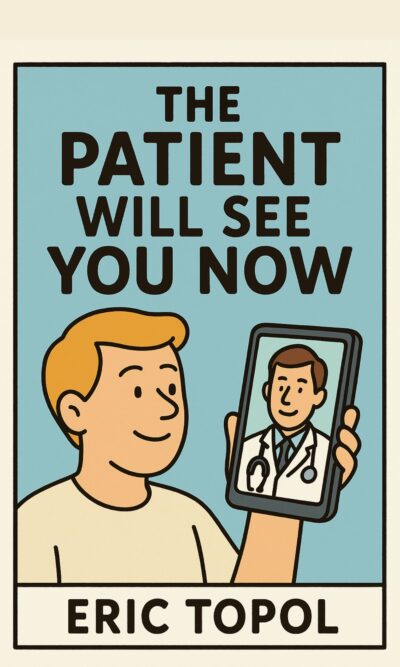Description
Humans have always dreamed of living longer and staying younger. From ancient times to modern science, people have searched for ways to fight aging. Today, advances in health research suggest that growing old the “usual” way may not be inevitable. With the right lifestyle choices, it’s possible to extend not only the years of life but also the quality of those years.
The book begins with the idea that aging isn’t just a number. While our birthdays keep adding up, the real problem happens deep inside the body at the cellular level. The tiny power plants inside our cells, called mitochondria, produce the energy that keeps us alive. But over time, they get weaker and less efficient. This weakness causes harmful molecules called free radicals, which damage cells, inflame tissues, and open the door to diseases like cancer, Alzheimer’s, and diabetes. The good news is that if we learn to take care of our mitochondria, we can slow down this damage and even reverse some of it.
Diet is one of the most powerful tools for protecting mitochondria and keeping the body youthful. Many common foods in the modern diet are harmful, especially refined sugar and processed grains. Sugar spikes blood sugar levels, leading to diabetes and heart problems. Gluten and wheat can inflame the body and harm the thyroid. Instead, the author suggests building meals around healthy proteins and fats. Grass-fed meats, omega-3-rich fish, olive oil, butter, and avocados are all good examples. At the same time, it’s important to avoid dangerous fats like trans fats, which are found in many packaged and fried foods. These fake fats are difficult for the body to process and accelerate aging. Choosing real, whole foods allows the body to repair itself, maintain energy, and stay strong for decades.
Another effective strategy for health and longevity is practicing cyclical ketogenic eating and intermittent fasting. Normally, the body burns glucose from carbs for energy. But when carbs are limited, the body switches to burning fat, producing ketones. Ketones provide a cleaner, more efficient energy source for the brain and body. The idea isn’t to cut carbs forever, but to cycle between low-carb days and days with moderate, healthy carbs like sweet potatoes or white rice. This keeps metabolism flexible. Along with this, fasting for certain hours of the day gives the body time to rest and repair. When you stop eating for 16 to 18 hours and only eat within a small window, your cells get the chance to clean out damaged parts and produce new, healthier ones. Fasting also helps the brain stay sharp and may protect it against decline in old age.
Sunlight and light exposure also play surprising roles in aging. Many people fear the sun, but avoiding it completely is harmful. Sunlight provides vitamin D, which supports hormones, the immune system, and brain health. Short daily exposure, especially in the morning, helps the body regulate its natural rhythm and lowers the risk of disease. On the other hand, modern artificial blue light from phones, computers, and LED bulbs is damaging when used at night. It disrupts sleep, increases blood sugar, and harms the eyes. Reducing blue light at night—by dimming lights, using screen filters, or wearing special glasses—protects both sleep and long-term health.
Sleep itself is one of the strongest anti-aging tools. Many people think of sleep as wasted time, but it is when the body performs its deepest repairs. During sleep, the brain clears toxins, cells regenerate, and hormones balance out. Both deep sleep and REM sleep are needed for full recovery. Instead of focusing only on hours of sleep, it’s better to focus on quality. Tracking tools, such as smart rings or sleep apps, can help measure rest cycles and encourage better habits. Even simple changes like keeping a cool, dark bedroom or avoiding heavy meals before bed can improve sleep dramatically.
Hormones are another key factor in longevity. As people age, levels of hormones like testosterone and estrogen decline. These hormones are not only about sex drive—they affect energy, muscle mass, bone strength, and even mood. Some people use hormone replacement therapy to restore balance, while others improve levels naturally through high-intensity workouts. Short bursts of intense exercise followed by rest can trigger the body to produce more growth hormones and testosterone, keeping the body biologically younger.
Beyond diet, sleep, and exercise, advanced treatments like stem cell therapy show promise for repairing the body. Stem cells are special cells that can transform into different types of tissue. They help the body heal injuries and maintain youthfulness. Over time, stem cells decrease in number and strength, which contributes to aging. Stem cell therapy, though currently expensive, can rejuvenate joints, skin, and even internal organs. Some people are already using this therapy to heal faster, look younger, and prevent disease. As regulations and technology advance, this option may become widely available and affordable.
Appearance is another part of aging that people care about. Wrinkles, hair loss, and graying hair can be discouraging signs of time. But instead of relying only on creams or cosmetic fixes, there are ways to protect beauty at the cellular level. Collagen, the protein that keeps skin elastic and youthful, breaks down with age. Supplementing with collagen protein or eating collagen-rich foods can help reduce wrinkles and improve skin strength. Antioxidant-rich foods like vegetables, berries, coffee, and dark chocolate also slow skin damage. For hair, certain antioxidants like catalase may prevent graying, while DHT-blocking shampoos can fight balding. Stress management, hormone balance, and nutrition all play roles in keeping hair healthy and strong.
Ultimately, the message of the book is that aging is not only about genes or luck—it is about daily choices. By feeding the body the right foods, protecting sleep, balancing hormones, managing light exposure, and staying active, anyone can extend both their lifespan and their healthspan. Looking younger is simply a bonus of feeling younger from the inside out.
Living to 180 may sound extreme, but aiming for health and vitality at any age is realistic. Even small steps like cutting sugar, fasting a few times a week, or walking in the morning sun can add years of quality life. The path to becoming “super human” isn’t about magic pills—it’s about combining ancient wisdom with modern science to live fully, longer, and better.





